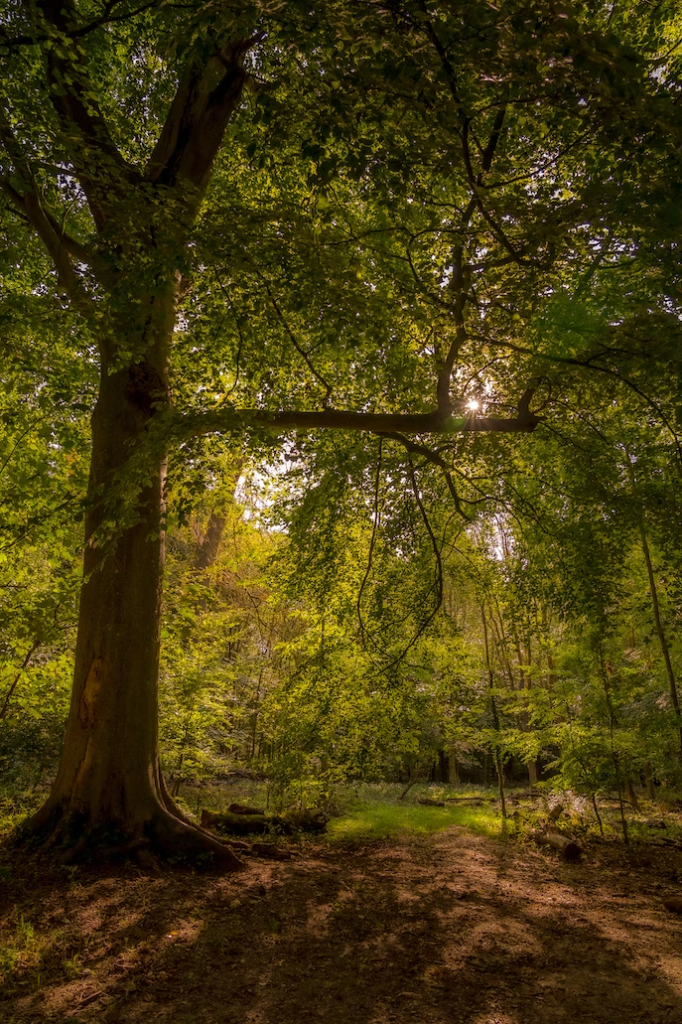
In the world of botany, trees and their growth patterns have always been a subject of fascination. While most trees grow upwards towards the sunlight, some exhibit a unique characteristic where certain branches grow downwards. But why does this happen? The answer lies in a combination of genetic traits, environmental factors, and a biological phenomenon known as gravitropism.
Read
Gravitropism: Nature’s Balancing Act
Gravitropism, also known as geotropism, is a natural phenomenon that influences the direction of a plant’s growth in response to gravity. In most plants, this results in the roots growing downwards (positive gravitropism) and the stems growing upwards (negative gravitropism). This mechanism helps plants to stabilize themselves and maximize their exposure to vital resources: water and nutrients in the soil for the roots, and sunlight for the stems and leaves.
The Case of Downward-Growing Branches
In certain tree species, however, some branches defy this typical pattern and grow downwards. This is often a result of the tree’s genetic makeup and can be a characteristic of certain species. For example, the branches of weeping willow trees (Salix babylonica) and certain types of spruce trees, like the Brewer’s spruce (Picea breweriana), are known for their downward growth.
These downward-growing branches are not a result of negative gravitropism gone awry. Instead, they are an example of what’s known as “plagiotropism.” Plagiotropism is a type of growth response where branches grow horizontally or, in some cases, downwards, often giving the tree a ‘weeping’ appearance.
Environmental Factors and Survival Advantages
Environmental factors can also play a role in the direction of branch growth. For instance, in areas with heavy snowfall, trees might develop downward-growing branches to shed snow more effectively and prevent branch breakage.
Moreover, downward-growing branches can offer certain survival advantages. They can provide the tree with additional stability, help in propagation (as the downward branches can sometimes take root when they touch the ground), and offer protection to undergrowth and wildlife.
Conclusion
The sight of a tree with downward-growing branches can be a captivating spectacle, a break from the norm of upward-reaching greenery. These unique growth patterns are a testament to the incredible diversity and adaptability of nature. They remind us that trees, like all living organisms, are shaped by a complex interplay of genetic traits and environmental influences, continually adapting in their enduring quest for survival.





Leave a Reply